Write up experiments and research with LaTeX templates for project and lab reports—including layout guidelines to help guide you through the writing process.
最近的
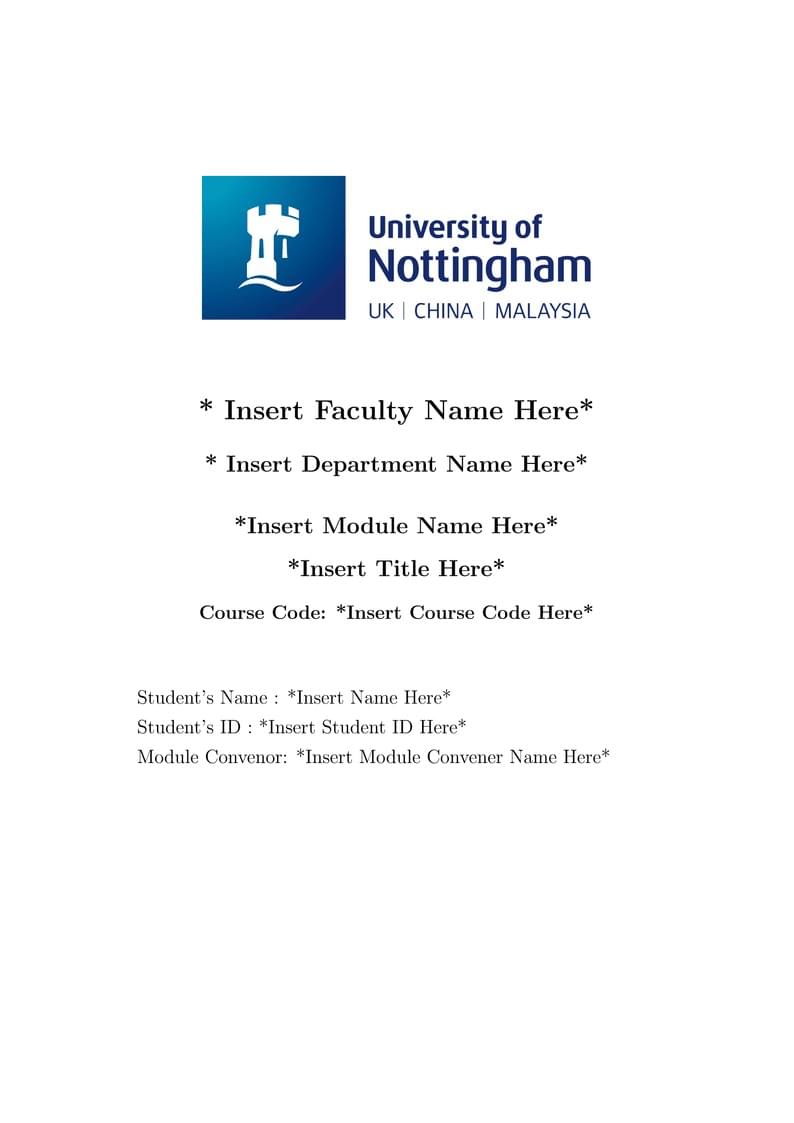
A simple report template with a report cover that can be used out of the box.
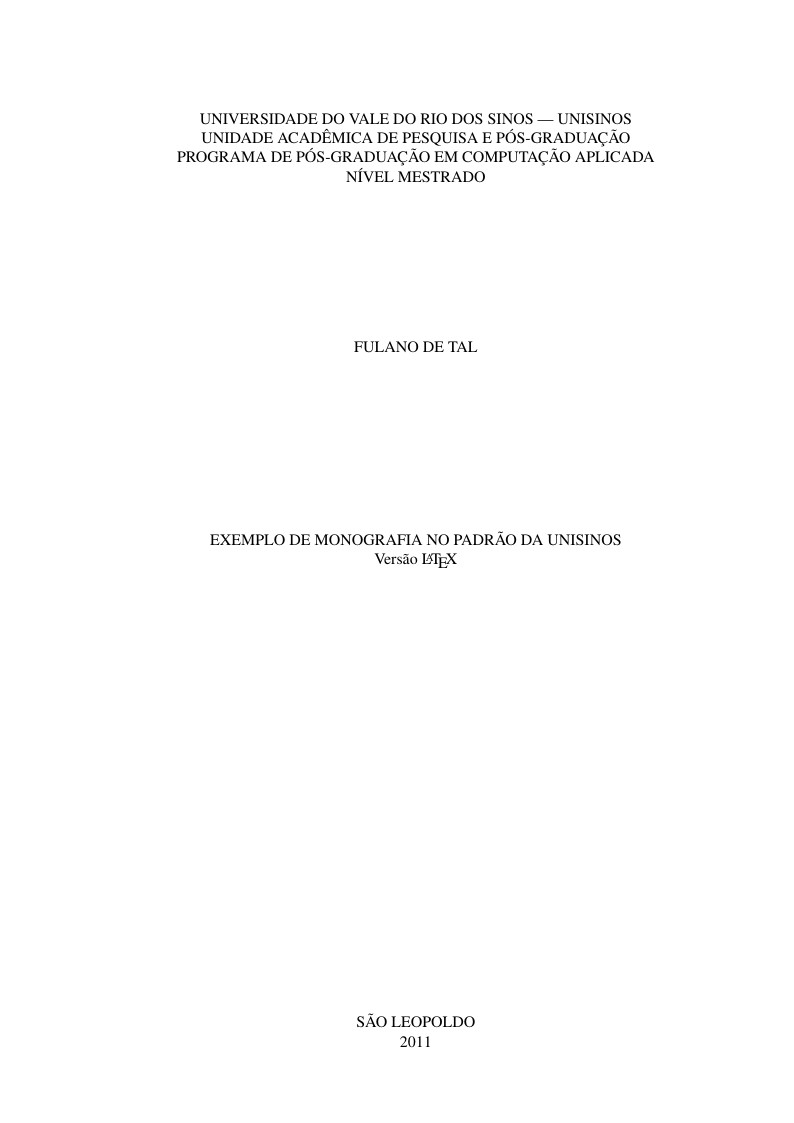
Este documento apresenta orientações para uso da classe LaTeX de formatação de monografias para a UNISINOS. Ao mesmo tempo, ele serve como exemplo de uso da classe, demonstrando os principais comandos a serem utilizados, e outras orientações mais gerais de uso do LaTeX. Adicionalmente, procuramos incluir no documento algumas orientações sobre a escrita da monografia em si, reunindo dicas e recomendações que contribuem para aumentar a qualidade técnica dos trabalhos acadêmicos. O Resumo deve conter de 150 a 500 palavras e nele não deve haver citações. Sugere-se a utilização de parágrafo único.
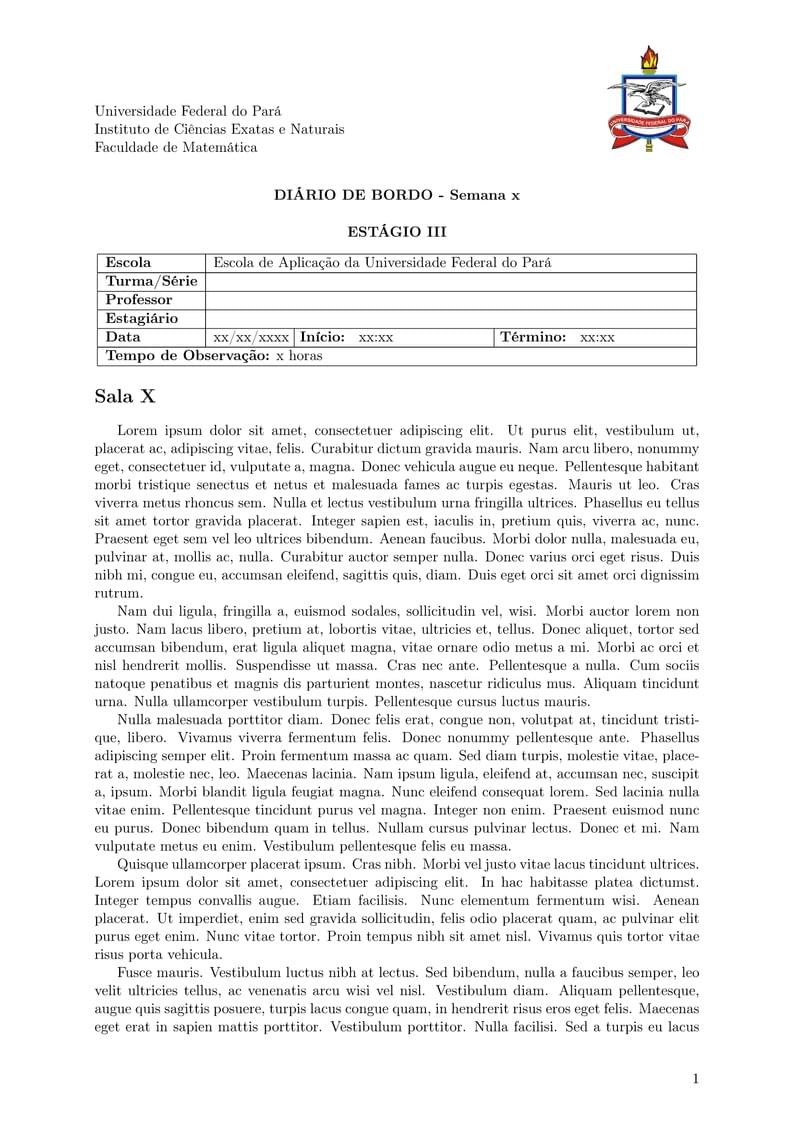
Uma sugestão de modelo para a escrita do diário de bordo. Fiz pensando em mim e em meus colegas que estão cursando a disciplina de Estágio no curso de Matemática da UFPA, pois gostamos de digitar em LaTeX.
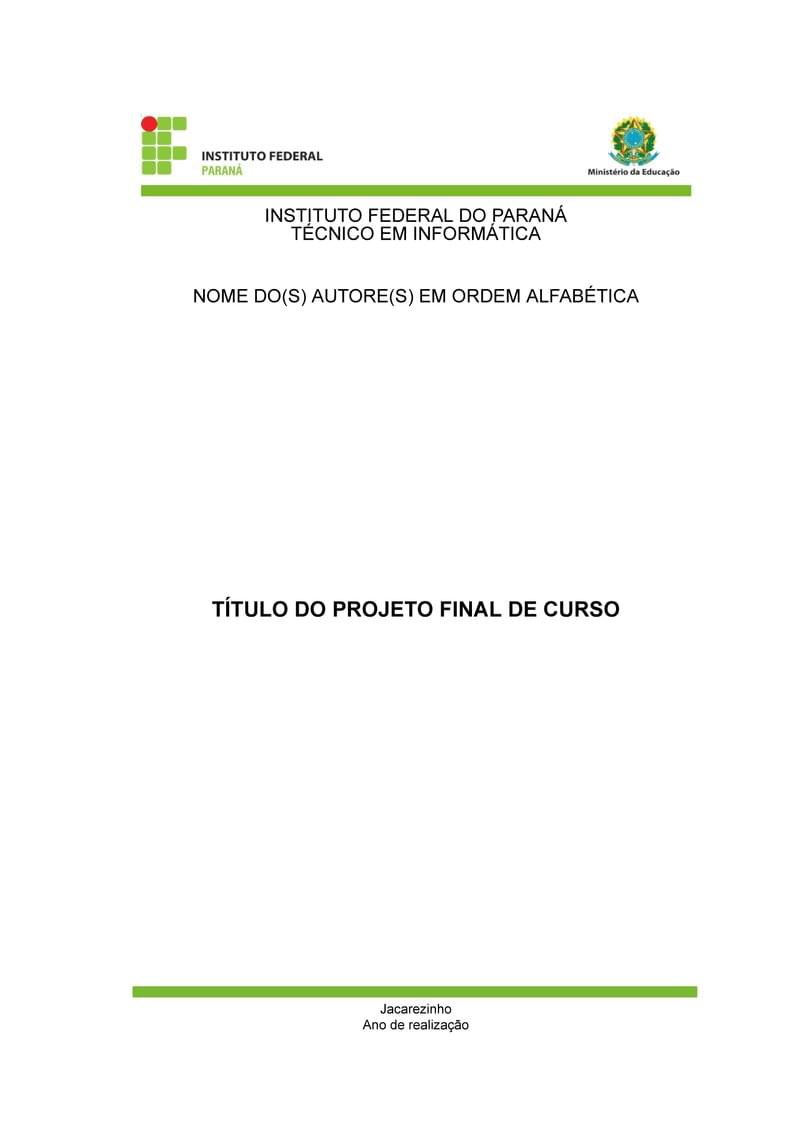
Este template é um modelo desenvolvido por estudantes do IFPR campus Jacarezinho com o auxilio de professores. O documento visa ajudar estudantes futuros durante o processo de desenvolvimento de seu TCC, utilizando assim o template no Overleaf como plataforma para documentação de seu trabalho.
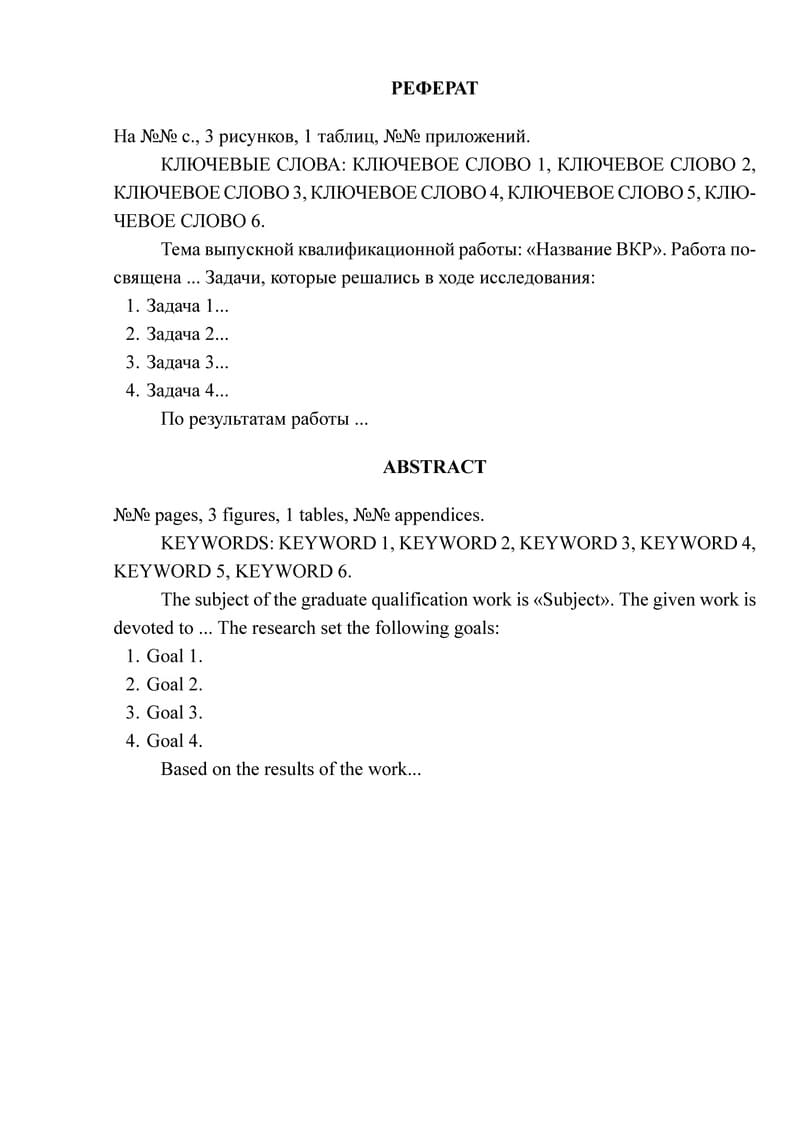
LaTeX-template for graduation work of Peter the Great St.Petersburg Polytechnic University
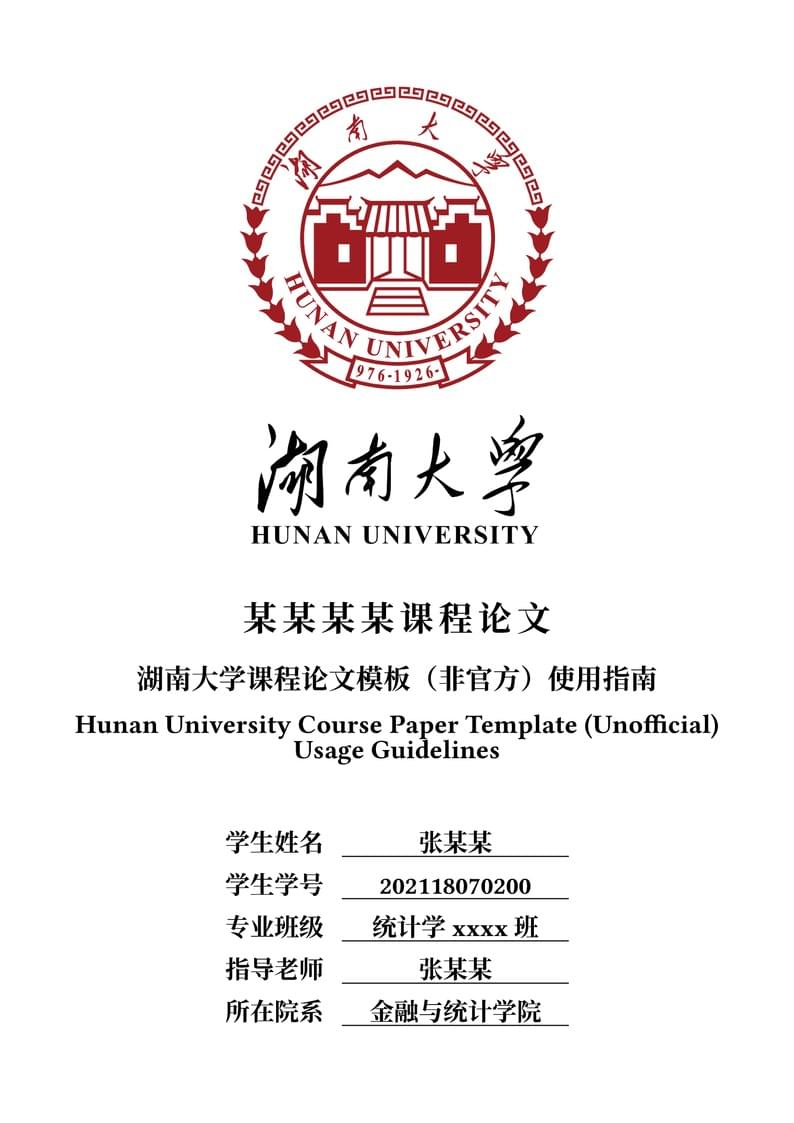
湖南大学课程论文LaTeX模板(非官方),GitHub项目链接:https://github.com/zcyeee/HNU_LaTeX_Template。
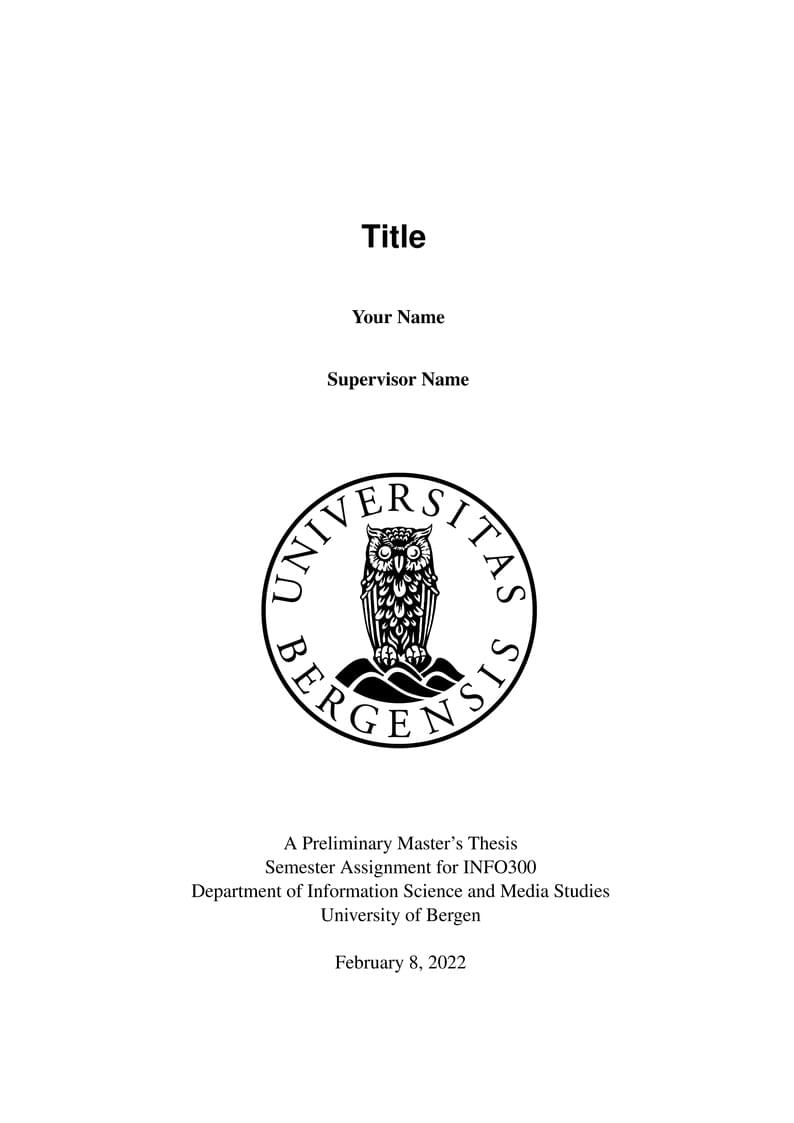
A template for Research Methods class INFO300. Can be used as a masters thesis template. Based on the PhD template from the University of Bergen
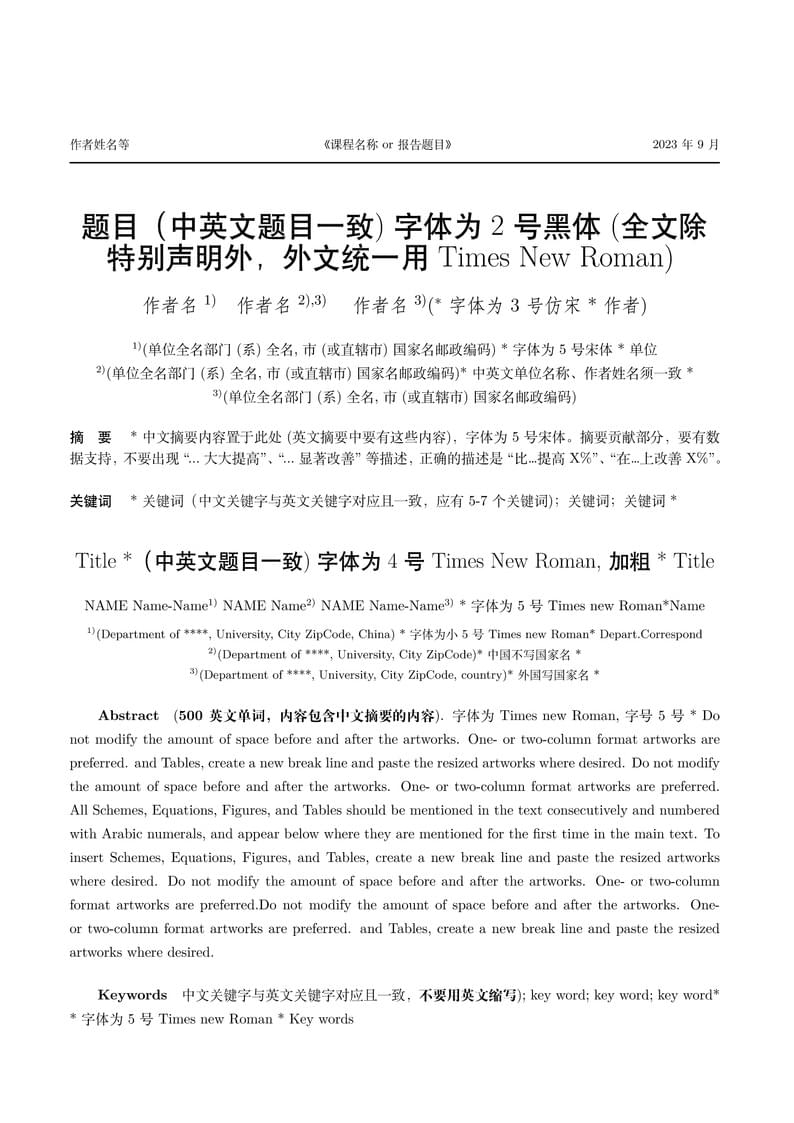
中文技术报告模板(单栏)。 修改自《计算机学报》双栏 Latex 模板。 可以用于中文技术报告、课程作业的撰写等。
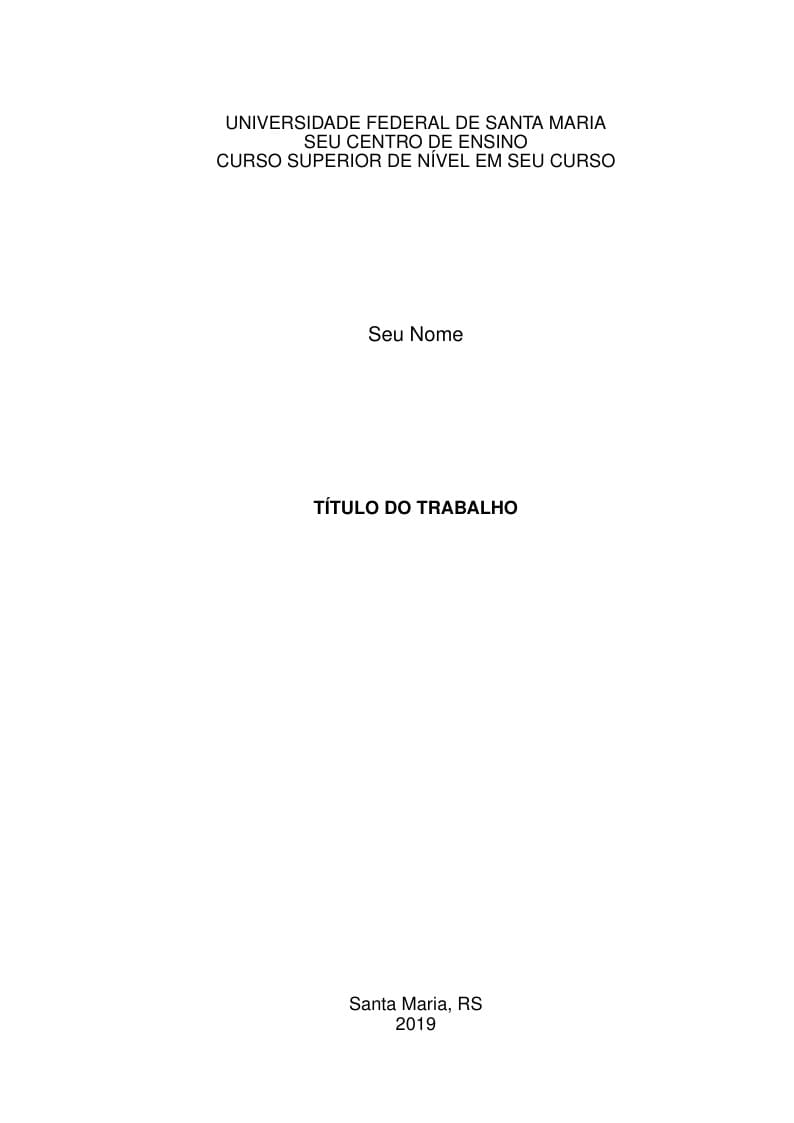
Modelo para Trabalhos e Relatórios de Disciplina, baseado no padrão da MDT - UFSM